Week 7: Textile as Scaffold
Textile Scaffold.
Materials:
- Organza
- Bio plastic
i chose Organza because is a fabric with very open fibers. So when i add the biopastic it can penetrates into the fibers and the result is a kind of composite. When it is dry we can study how the new material behaves.
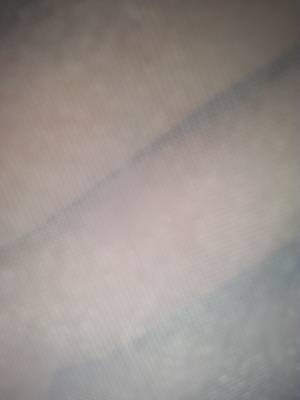
Preparing the bio plastic:
Ingredients:
100 ml water
24 g gelatin
8 ml glicerin
Preparation:
We simmer the water and we add the gelatin, removing until it disolves. Then we put the glicerin, and repeat the same action.
When the mix is homogenous, we can retire it and put it in a recipient, wich shape we want for the plastic. After 10-12 hours the bioplastic is rigid and we can dismantle it.
This time I use a gelatin for foodstuffs, so the gelatin is composed of pure gelatin, but also of sugar and another ingredients like colorings.
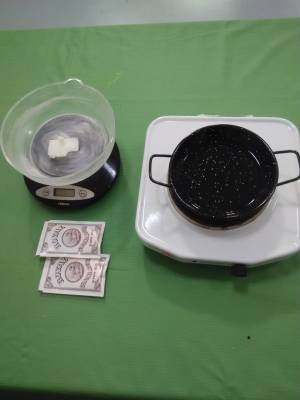
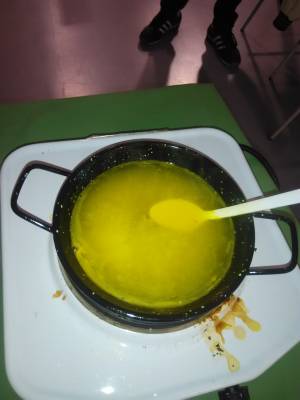
I made 4 copouns and I applied the mix in 4 different ways:
- Spreading the bioplastic into the fabric directly, forming a thin film.
- Spreading the bio plastic using a wood mould drawing small geometric forms.
- Drawing spots manually.
- Drawing long scribbles manually.
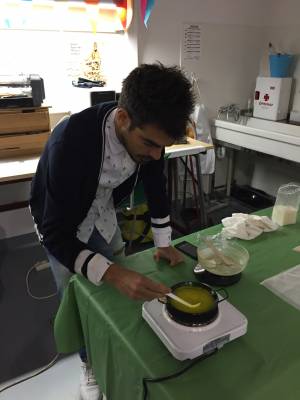
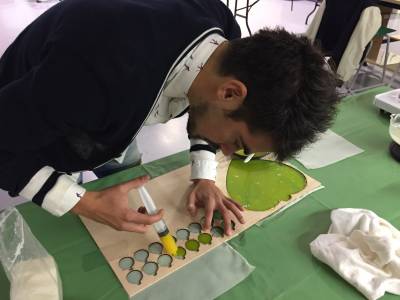
I use a plastic syringe to apply the bioplastic mix. It´s useful to control the amount of bioplastic you put into each little mould, and to be sure that every one is going to have the same amount of bioplastic and the same thickness.
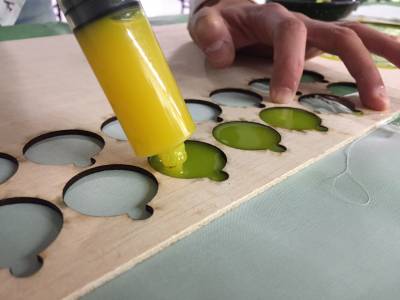
Results:
- Spreading the bioplastic into the fabric directly, forming a thin film.
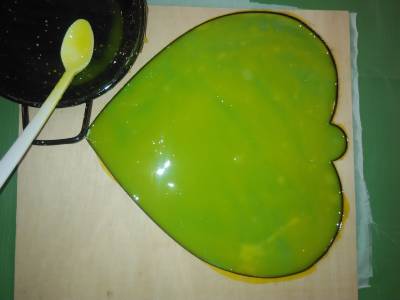
Unfortunately, I couldn´t obtain good results because of the defective mix i made. The gelatin was not totally dissolved, so the result was a not dried and sticky fabric.
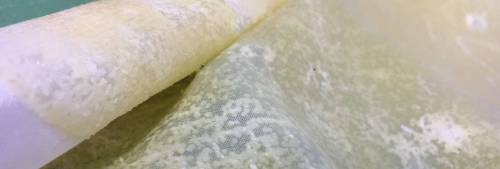
2. Spreading the bio plastic using a wood mould drawing small geometric forms.
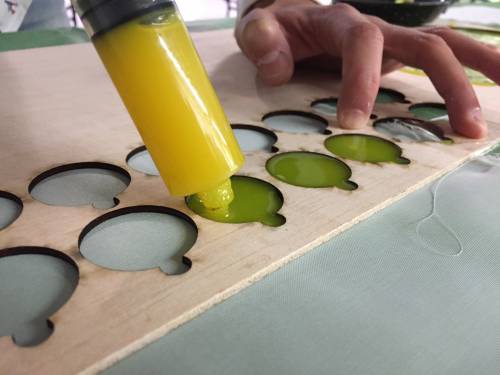
And another fail. This time because of the mould. The wood I used has a very porous structure, son when the bioplastic was dried, was imposible to take off cleanly without damaging the composite.
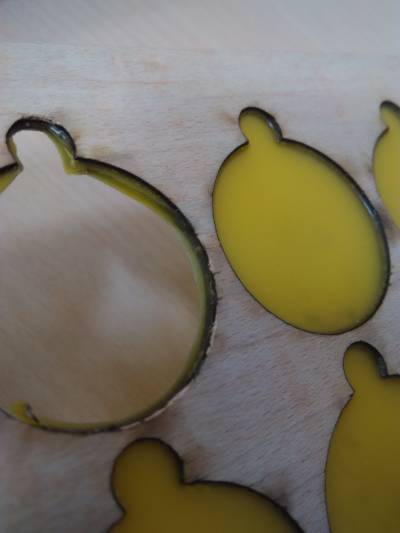
3 and 4. Drawing spots and long scribbles manually.
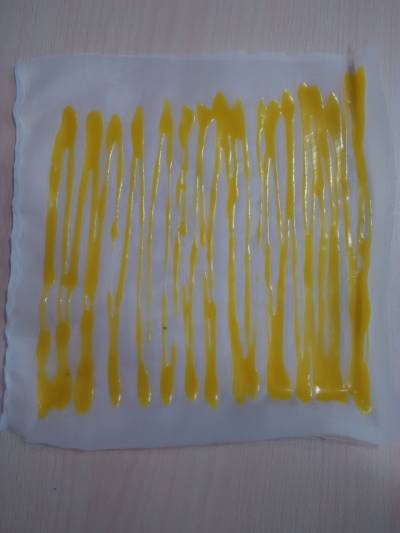
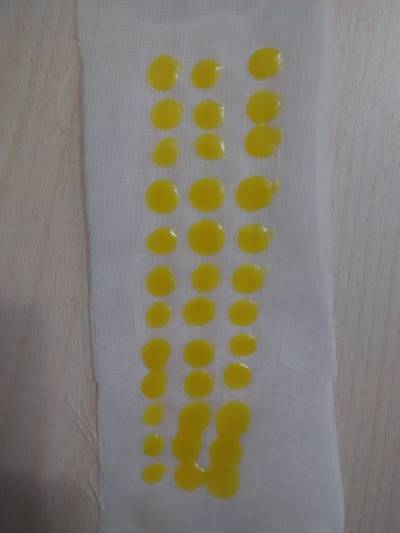
The fabric and the bioplastic are perfectly combined. In fact the fabric is flexible and you can bend it, crush it and rolled it, and the bio plastic doesn´t take off the fabric, and it doesn´t crack or looks bent or damaged.